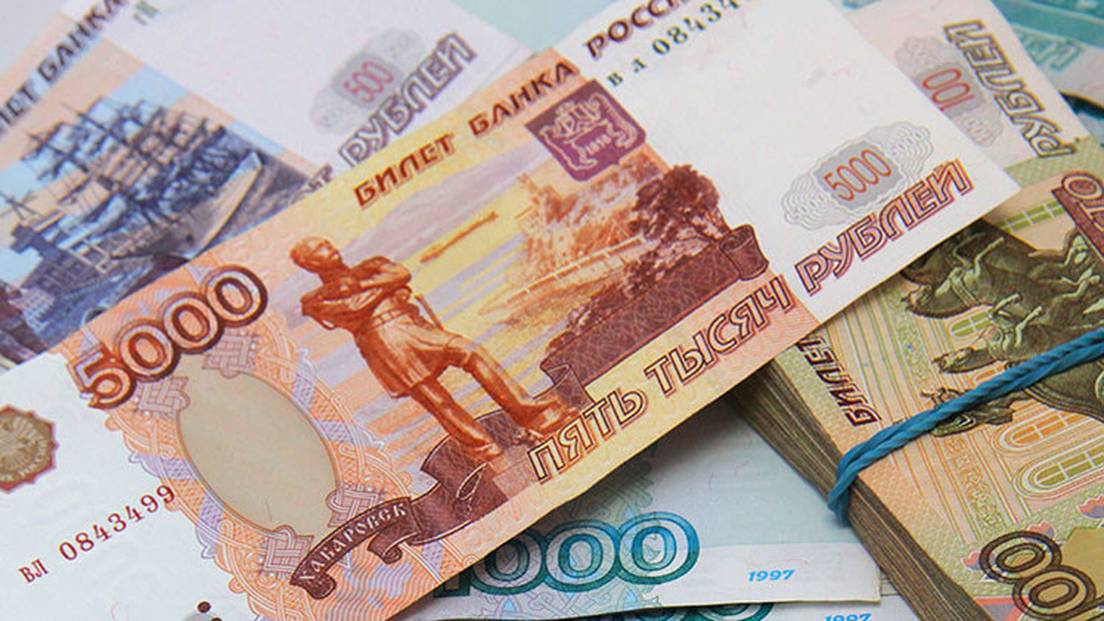After a weekend with the markets closed and waiting for investors’ reaction to the sanctions imposed by the European Union on Russia after invading Ukraine, the first effects of these measures have already arrived, especially for the Russian economy, but not only.
The ruble, the currency of that country, has plummeted since early morning more than 30% when trading at 90 per dollar this Monday, compared to a value of 83.5 on Wednesday, the last day that was recorded an official exchange rate, before the invasion against Ukraine. On the other hand, the interest rate of the Central Bank of Russia has also shot up 20%, which represents a significant increase in the price of money for a country that needs billions to finance military intervention.
That was one of the objectives of the restrictions approved by the European Commission, such as the freezing of the assets of the Russian central bank or the exit of the SWIFT banking communication system. However, the effects are also being felt throughout Europe, which is waking up with all its markets in negative.
In fact, the European Central Bank (ECB) has confirmed this morning the “bankruptcy or probable bankruptcy” of the European subsidiary of the Russian bank Sberbank, one of the largest in the country, due to “significant” deposit withdrawals in the face of the crisis. in Ukraine and Western sanctions. Austria-based Sberbank Europe AG and its subsidiaries in Croatia and Slovenia have “had significant deposit outflows as a result of the impact of geopolitical tensions,” according to the watchdog.
In the case of Spain, the Ibex-35 is down 1.2% at this time and stands below 8,400 points. Santander and Sabadell shares fall 4% while BBVA and Bankinter lose 3%. CaixaBank leaves almost 2.8%. IAG is penalized by 3.5%. Inditex is also one of those suffering from the pressure of sales today and fits a drop of 2.6%. Somewhat higher are the stock market losses that are being recorded in the rest of Europe, with falls of more than 2% in the markets of Paris, London, Milan and Frankfurt.
The tension is also beginning to be palpable in the energy markets, those truly linked to this armed conflict. The price of a barrel of Brent is once again above 100 dollars, after rising 5% in the first minutes of the session on Monday. And gas has shot up another 20% to around 110 euros/MWh, although at some points last week it rose more than 60% to 140 euros/MWh.
These variables have their impact on the light. The price of electricity is today at its maximum of the year, reaching 277 euros/MWh, after several days in a row above 200 euros/MWh.

